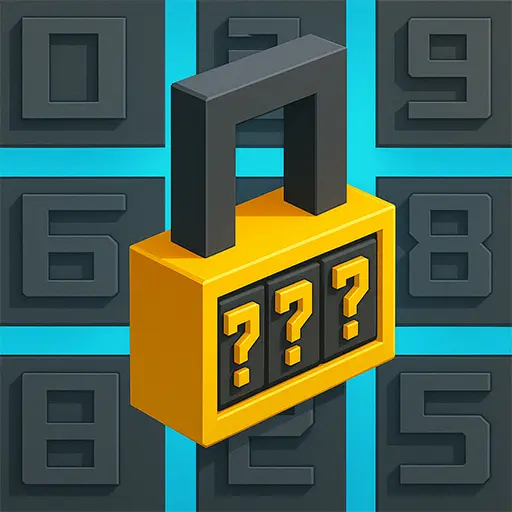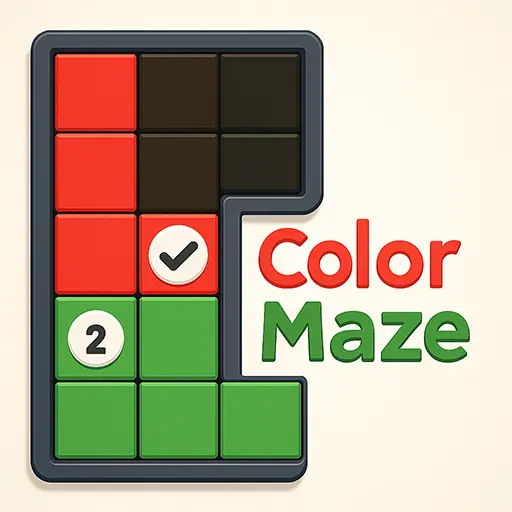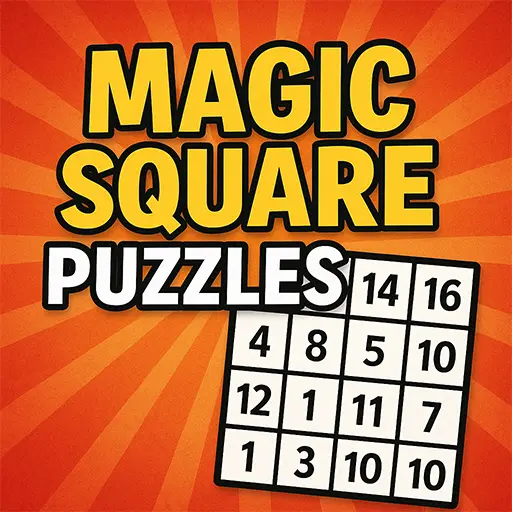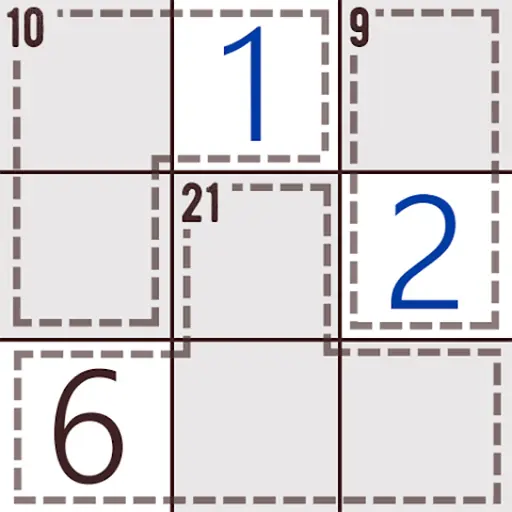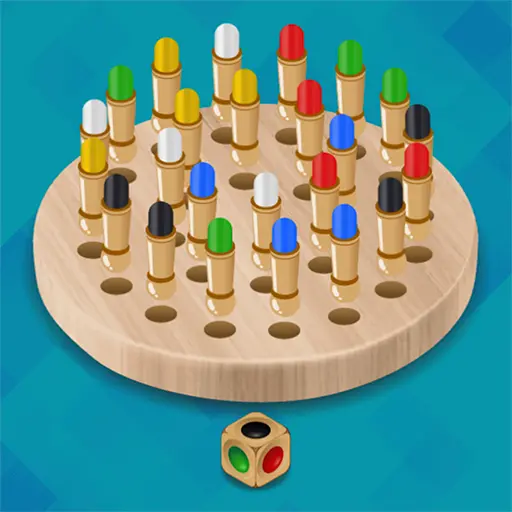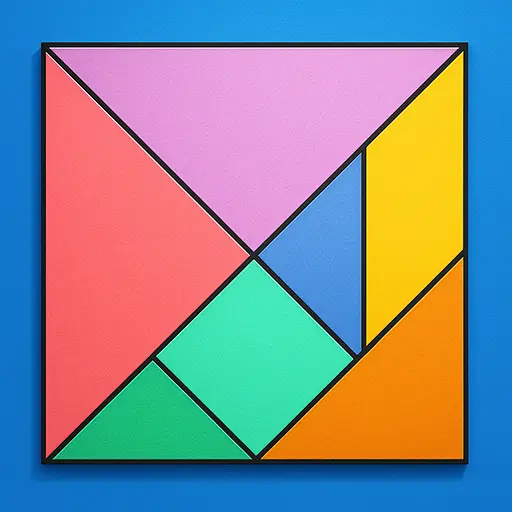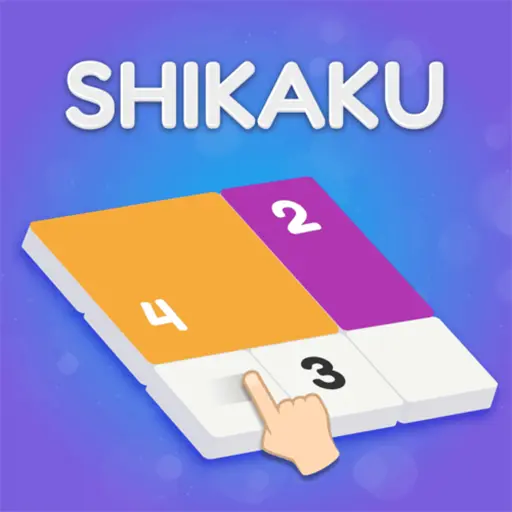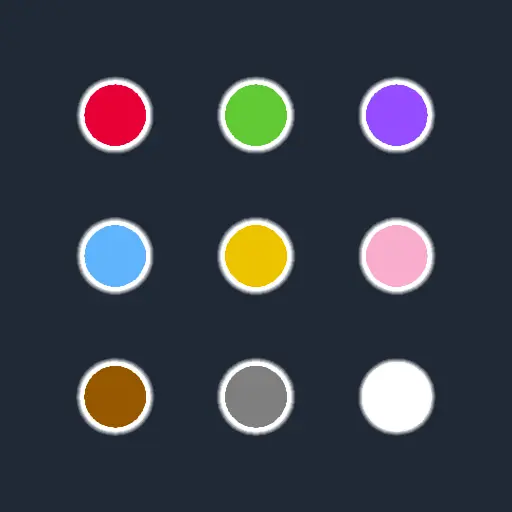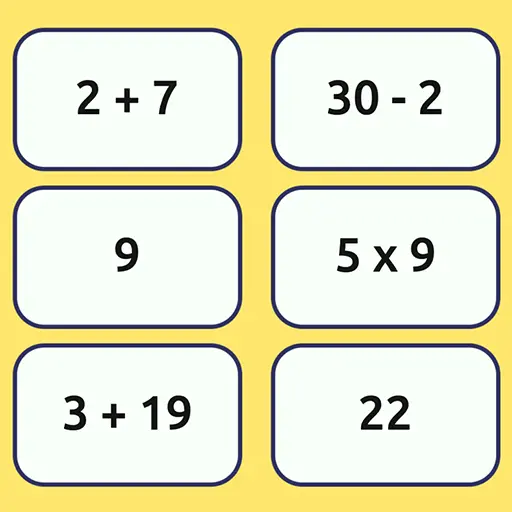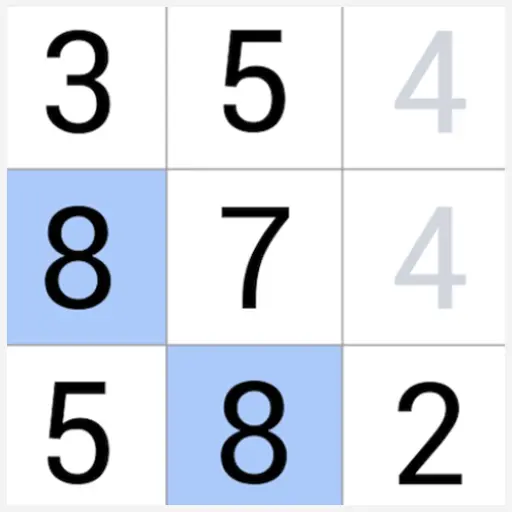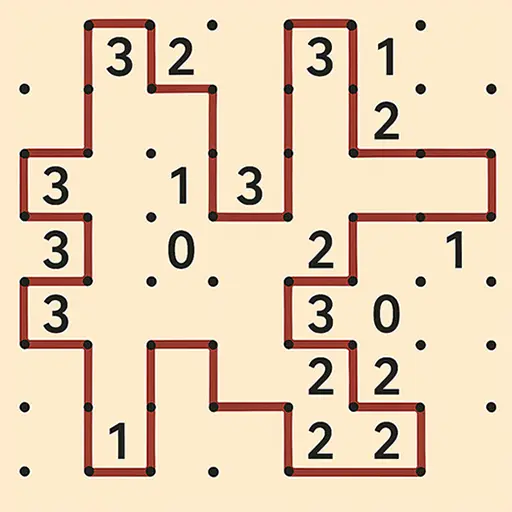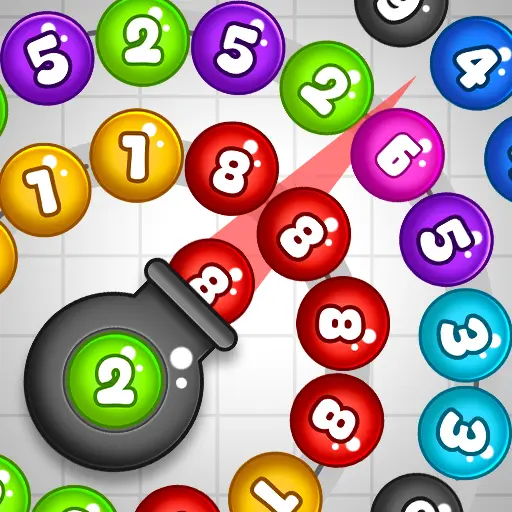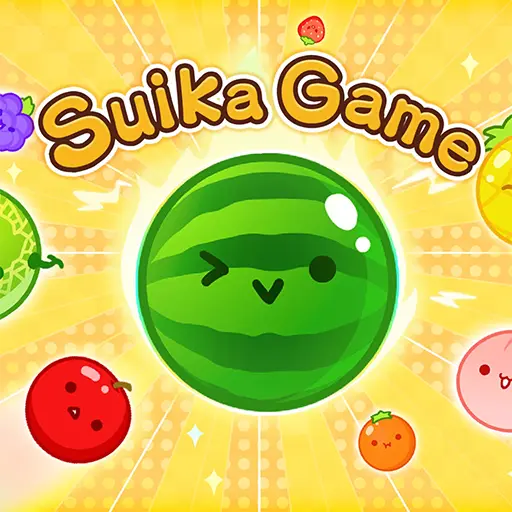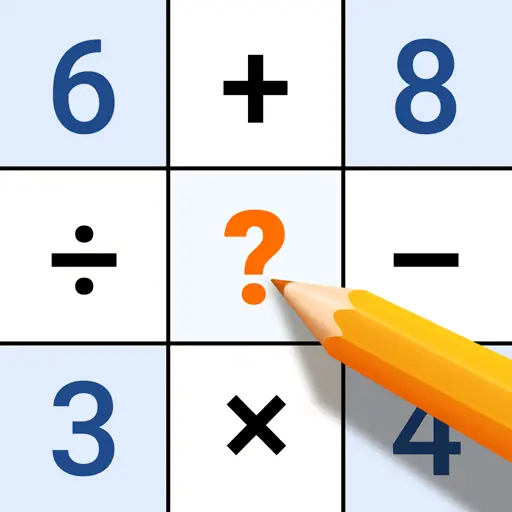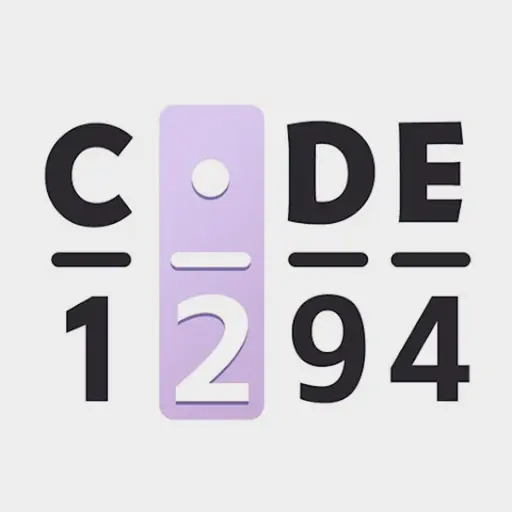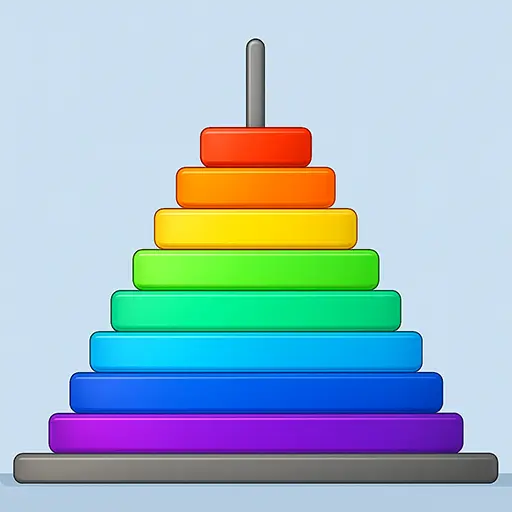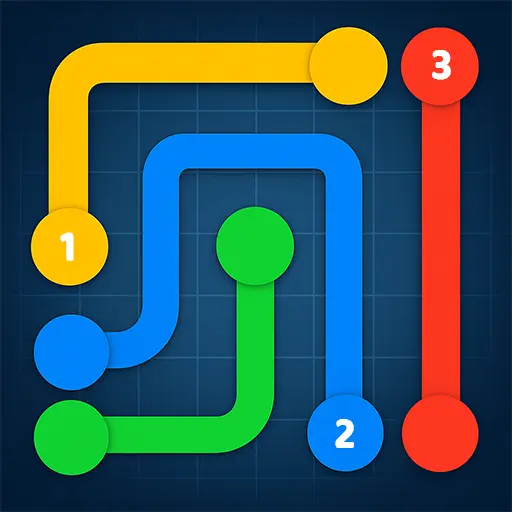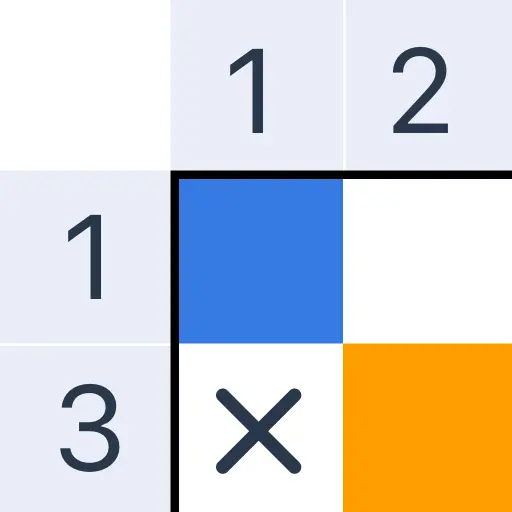
Nonograms

 Nonograms
Nonograms
Nonograms - Online Puzzle Game
Nonograms are played on a grid where numbers on the top and left indicate how many consecutive filled-in squares appear in that row or column. The challenge is to use logic to determine which squares should be filled in and which should remain blank.
With 12 difficulty levels and 288 unique puzzles, there's always a new challenge waiting. Whether you're a casual puzzle lover or a dedicated logic enthusiast, Nonograms offer a rewarding challenge that can strengthen your brain while providing hours of fun. If you haven't tried them yet, now is the perfect time to start!
Game Tips
Nonograms require logical thinking and strategy. Here are some tips to master the game:
- Start with Easy Rows and Columns: Look for rows or columns where the total number of filled squares is close to the grid size. This gives you clear starting points.
- Use the Overlapping Method: If a row requires 8 filled squares in a 10-square-wide grid, you can determine some guaranteed placements by centering the blocks.
- Mark Empty Spaces
- Keep a Logical Approach: Unlike Sudoku or crossword puzzles, guessing in Nonograms can be risky. If you're unsure, look at adjacent clues for a logical next move.
FAQ
- Are Nonograms similar to Sudoku? Yes and no. While Nonograms and Sudoku both depend on logical deduction, Nonograms are visual puzzles that create an image, whereas Sudoku is strictly number-based.
The History of Nonograms
Nonograms, also known as Picross, Hanjie, Griddlers, or Japanese Crosswords, are a type of logic puzzle that originated in Japan in the late 20th century. The game was first conceptualized by Non Ishida, a Japanese graphics editor, in the 1980s after she created a grid-based puzzle that revealed pictures when solved. In 1988, the puzzle was officially published, and soon after, British puzzle enthusiast James Dalgety helped bring it to a wider audience. Nonograms gained international popularity when they were published in newspapers.
How Playing Nonograms Can Improve Brain Function
Nonograms aren’t just a fun pastime, they can significantly improve cognitive function. Since they require pattern recognition, logical reasoning, and spatial awareness, regularly solving these puzzles strengthens problem-solving skills and enhances memory. Playing Nonograms also activates both sides of the brain-analytical thinking on the left and creative visualization on the right, helping to sharpen mental agility. Additionally, research suggests that logic puzzles like Nonograms help reduce stress by creating a state of focus, much like meditation.
How to Play
Nonograms are logic puzzles where you fill in a grid using number clues. Use your mouse or finger to fill in the grids.
- The Basics
- The game consists of a grid (e.g., 5x5, 10x10, or larger).
- Each row and column has number clues that tell you how many consecutive squares should be filled in.
- Your goal is to fill the correct squares and leave the rest blank (or mark them with an "X" to track empty spaces).
- Understanding the Number Clues
- Each number in a row/column clue represents a group of filled squares.
- A clue "3" means one group of three consecutive filled squares.
- A clue "2 1" means a group of 2 filled squares, then at least one blank space, followed by a single filled square.
- Winning the Game
- The puzzle is solved when all filled squares match the number clues.
Earned 0 of 13
Play Nonograms on BrainPlay, no downloads or installation required. Play now for free in your browser.
Last updated: Saturday, November 22, 2025

